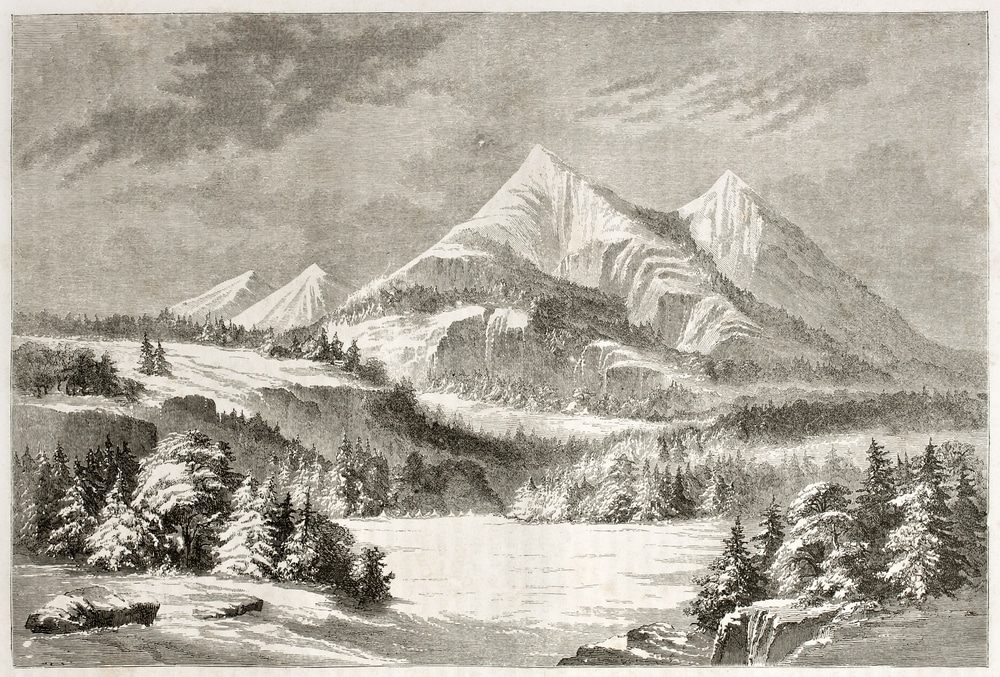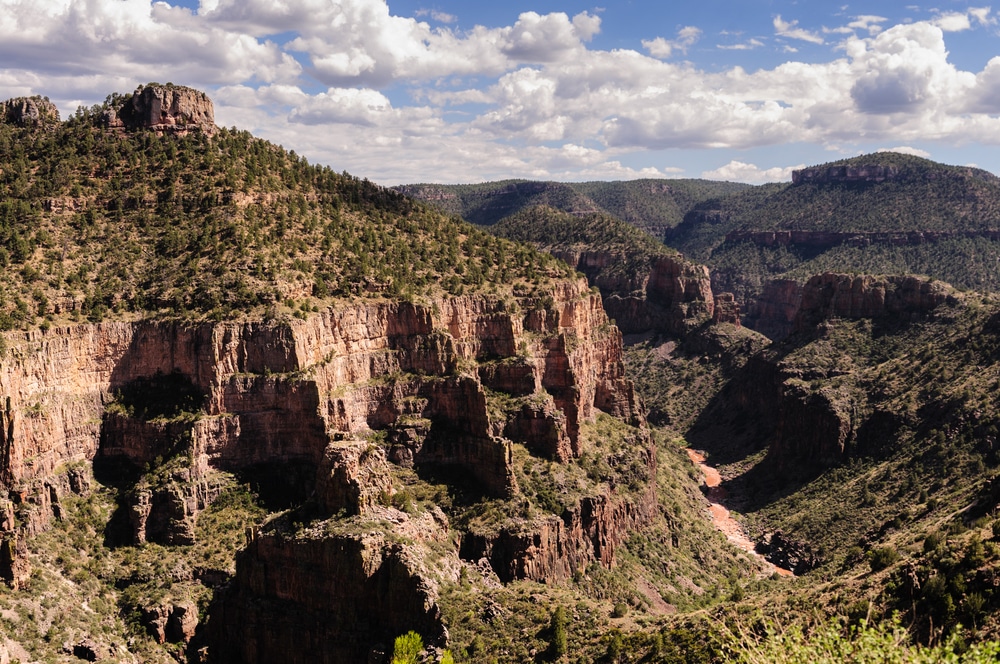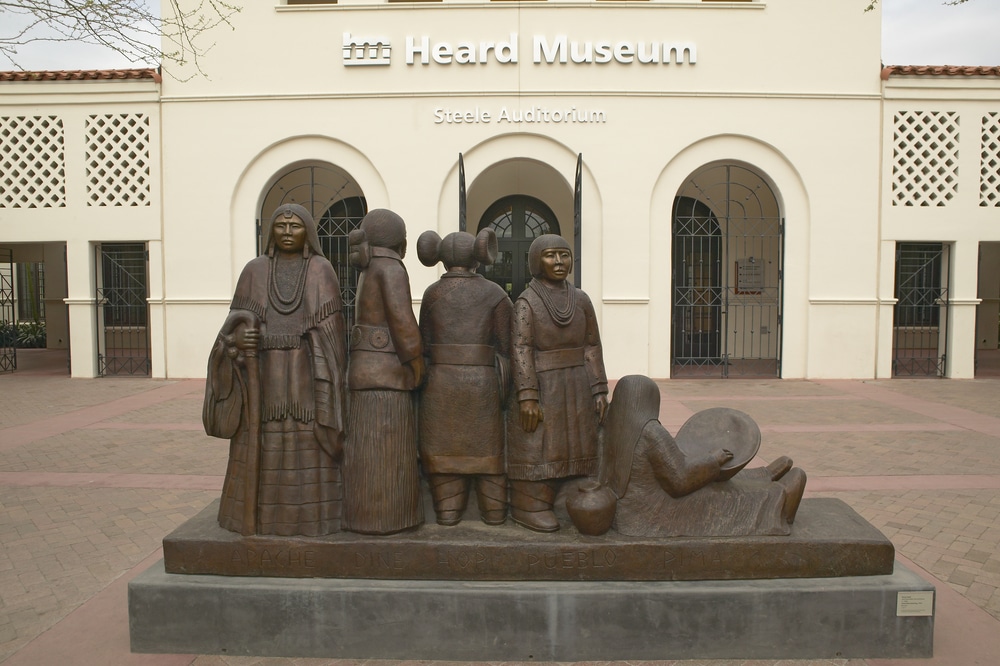In the scorching Arizona desert, far from any town or city, thousands of American citizens once lived behind barbed wire fences, their only crime being their Japanese ancestry. Between 1942 and 1945, Arizona became home to two of America’s ten concentration camps where Japanese Americans were forcibly detained during World War II. The Poston and Gila River camps held over 30,000 people at their peak, making them temporary cities larger than most Arizona towns of that era. Today, these sites stand as powerful reminders of a dark chapter in American history, offering visitors a chance to reflect on civil liberties, racial prejudice, and the resilience of the human spirit.
The Path to Incarceration
Following the attack on Pearl Harbor on December 7, 1941, fear and racial prejudice swept across the American West. On February 19, 1942, President Franklin D. Roosevelt signed Executive Order 9066, authorizing the forced removal of all persons of Japanese ancestry from the West Coast. This order affected over 120,000 people, two-thirds of whom were American citizens by birth.
The selection of Arizona for two major camps wasn’t coincidental. The state’s remote desert locations, far from strategic military installations and population centers, made it ideal for the government’s purposes. The harsh climate and isolation would also serve as natural barriers to escape. Arizona’s own Japanese American population, numbering only about 600 people, was initially exempt from mass incarceration, though many would later face discrimination and some voluntary relocation to camps to join family members.
By May 1942, construction crews were racing against time to build facilities in two locations: on the Colorado River Indian Reservation near Parker and in the Gila River Indian Community south of Phoenix. The irony wasn’t lost on many observers—one marginalized group’s land was being used to imprison another.
Poston: Arizona’s Largest City Behind Barbed Wire
The Poston War Relocation Center, located on the Colorado River Indian Reservation approximately 12 miles south of Parker, became the largest of the ten permanent incarceration camps. Named after Charles Poston, known as the “Father of Arizona,” the camp actually consisted of three separate units spread across 71,000 acres.
Construction began in March 1942, and by May, the first incarcerees began arriving from California’s temporary assembly centers. At its peak in early 1943, Poston housed 17,814 people, making it the third-largest “city” in Arizona at the time. The three camps—Poston I (Roasten), Poston II (Toastin), and Poston III (Dustin)—were located several miles apart, each functioning as a separate community.
Life in Poston was harsh from the beginning. Summer temperatures regularly exceeded 120 degrees Fahrenheit, while winter nights could drop below freezing. The hastily constructed tar paper barracks offered little insulation from either extreme. Each family was assigned a single room measuring 20 by 25 feet, furnished only with army cots, blankets, and a pot-bellied stove. Privacy was nonexistent—walls didn’t reach the ceiling, and multiple families shared each barracks building.
Despite these conditions, the incarcerees worked to create a semblance of normal life. They established schools, churches, and recreational facilities. Poston had its own newspaper, the Poston Chronicle, published in both English and Japanese. The camps developed extensive agricultural programs, growing vegetables and raising livestock that not only fed the camp population but also contributed to the wartime food supply.
The Colorado River Indian Tribes (CRIT) had initially opposed the use of their land for the camps. Tribal council members expressed concern about the precedent of using reservation land to incarcerate American citizens. However, the federal government proceeded despite their objections, promising economic benefits that largely failed to materialize for the tribe.
Gila River: A Desert Community of Resilience
The Gila River War Relocation Center, located about 30 miles southeast of Phoenix on the Gila River Indian Community land, opened in July 1942. Like Poston, it consisted of two separate camps: Canal Camp and Butte Camp, housing a peak population of 13,348 people.
The Gila River camps faced similar environmental challenges. Dust storms were frequent and severe, coating everything with fine powder that seeped through cracks in the barracks. Water was scarce and heavily alkaline, causing digestive problems for many residents. The desert fauna posed additional hazards—scorpions, black widow spiders, and rattlesnakes were common visitors to the living quarters.
Despite these hardships, Gila River became known for its strong educational and cultural programs. The camps established an accredited high school, Canal High School, which gained recognition for its academic excellence despite limited resources. Students used textbooks discarded by Phoenix schools and sat on benches made from scrap lumber. Yet the 1944 Canal High School football team went undefeated, competing against—and beating—local Arizona high schools.
The Gila River camps also became a center for agricultural innovation. Incarcerees, many of whom had been farmers in California, applied their expertise to desert agriculture. They developed new irrigation techniques and grew crops previously thought impossible in the harsh desert environment. Their success in growing long-staple cotton contributed significantly to the wartime economy and influenced postwar agricultural practices in Arizona.
The relationship between the incarcerees and the Gila River Indian Community was complex. Like the Colorado River tribes, the Akimel O’odham (Pima) and Pee-Posh (Maricopa) peoples had not been consulted before their land was appropriated for the camps. However, some tribal members found employment at the camps, and limited cultural exchanges occurred, including baseball games between camp teams and tribal teams.
Daily Life Behind Barbed Wire
Life in both Arizona camps followed similar patterns. Days began with long lines for communal latrines and mess halls. Privacy, a cornerstone of Japanese culture, was completely absent. Families ate in large dining halls, contributing to the breakdown of traditional family structures as teenagers began eating with friends rather than parents.
Work was central to camp life. Adults could earn $12 to $19 per month (about $200-$300 in today’s dollars) working in various capacities—as teachers, doctors, cooks, or agricultural workers. Many professionals found themselves performing menial labor far below their qualifications. Doctors who had run successful practices swept floors; engineers worked as dishwashers.
Education remained a priority despite the circumstances. Both camps established complete school systems from elementary through high school. Teachers included both incarcerees and volunteers from outside. Students often outperformed their peers in regular public schools, driven by a cultural emphasis on education and a determination to prepare for an uncertain future.
Cultural life flourished against all odds. Both camps had Buddhist temples and Christian churches. Traditional arts like ikebana (flower arrangement), calligraphy, and martial arts continued. Baseball became enormously popular, with dozens of teams competing in well-organized leagues. Gardens appeared throughout the camps as residents worked to beautify their harsh surroundings, creating small oases of beauty using desert plants and carefully hoarded water.
Resistance and Rights
Not all incarcerees accepted their imprisonment passively. Both Arizona camps witnessed significant acts of resistance. In November 1942, Poston experienced a general strike following the arrest of two men accused of beating a suspected informer. The strike lasted several weeks and resulted in the camp administration making concessions regarding self-governance.
The question of military service proved particularly divisive. In 1943, the government began recruiting Nisei (second-generation Japanese Americans) for military service while keeping their families imprisoned. This led to intense debates within the camps. Many young men volunteered, forming the highly decorated 442nd Regimental Combat Team and 100th Infantry Battalion. Others resisted, questioning why they should fight for a country that had stripped them of their rights.
The “loyalty questionnaire” distributed in early 1943 created further turmoil. Questions 27 and 28 asked whether incarcerees would serve in the U.S. military and forswear allegiance to the Japanese emperor. For many, especially older Issei who were forbidden by law from becoming U.S. citizens, these questions created an impossible dilemma. Those who answered “no” to both questions—the “No-No Boys”—faced segregation and transfer to the maximum-security camp at Tule Lake, California.
The End of Incarceration and Its Aftermath
As the war progressed and labor shortages intensified, some incarcerees were allowed to leave the camps for work or education in the interior United States. Students attended colleges that would accept them, while others found agricultural or defense work. However, leaving meant separating from family and facing potential hostility in unfamiliar communities.
The camps began closing in 1945. Gila River closed on November 10, 1945, followed by Poston on November 28, 1945. Many incarcerees, having lost homes and businesses, had nowhere to return. Each person received $25 and a train ticket to their point of origin—scant compensation for years of imprisonment and losses that averaged $400,000 per family in today’s dollars.
The camps’ closure didn’t end their impact on Arizona. Some former incarcerees chose to remain in the state, establishing farms and businesses. They contributed to Arizona’s postwar agricultural boom, particularly in flower cultivation and produce farming. Communities like Phoenix and Tucson gained vibrant Japanese American populations that enriched the state’s cultural landscape.
Preserving Memory and Seeking Justice
For decades after the war, the incarceration experience remained a source of shame and silence in the Japanese American community. The camps themselves were largely dismantled, their materials salvaged or left to decay in the desert. It wasn’t until the 1960s and 1970s that younger generations began demanding recognition of this injustice.
The redress movement gained momentum through the 1980s, culminating in the Civil Liberties Act of 1988. President Ronald Reagan formally apologized on behalf of the nation and authorized $20,000 payments to surviving incarcerees. While symbolic, this acknowledgment validated decades of pain and provided official recognition that the incarceration had been wrong.
Preservation efforts for the Arizona camps began in earnest in the 1990s. At Poston, the Colorado River Indian Tribes partnered with former incarcerees to establish monuments and interpretive sites. An original elementary school building was restored and now serves as a museum. The Poston Memorial Monument, dedicated in 1992 on the 50th anniversary of the camp’s opening, stands as a powerful reminder of this history.
At Gila River, preservation efforts faced additional challenges due to ongoing use of the land by the Gila River Indian Community. However, working with former incarcerees and their descendants, the community has established memorials and interpretive markers. The foundations of some buildings remain visible, and archaeological surveys have documented the camps’ extensive remains.
Educational Programs and Contemporary Relevance
Today, both sites offer educational opportunities for visitors to learn about this crucial period in American history. The Poston Memorial and restored school building provide guided tours by appointment. Former incarcerees and their descendants often participate in these programs, sharing personal stories that bring history to life.
The Gila River Indian Community has developed educational materials that contextualize the camps within the broader history of federal policies affecting Native Americans. This dual perspective—examining the injustices faced by both Japanese Americans and Native Americans—offers unique insights into patterns of discrimination and resilience.
Schools throughout Arizona now include the incarceration in their curricula, often featuring visits from survivors or their descendants. The Arizona Humanities Council supports programs that connect this history to contemporary issues of civil liberties, racial profiling, and national security.
Annual pilgrimages to both sites draw hundreds of participants, including former incarcerees, their families, and others committed to preserving this history. These gatherings feature educational programs, memorial services, and opportunities for intergenerational dialogue about the incarceration’s lasting impacts.
Lessons for Today
The story of Arizona’s Japanese American incarceration camps resonates powerfully in contemporary discussions about civil liberties, racial justice, and national security. The camps demonstrate how quickly fear and prejudice can override constitutional protections, even in a democracy. They remind us that citizenship alone doesn’t guarantee protection from discrimination when racial prejudice combines with national crisis.
The economic success many Japanese Americans achieved after the war, despite losing everything during incarceration, speaks to remarkable resilience but shouldn’t obscure the fundamental injustice they suffered. Their story warns against the danger of collective punishment based on ancestry and the ease with which civil liberties can be suspended in the name of national security.
For Arizona, these sites represent both a dark chapter and an opportunity for education and reflection. They stand as monuments to human endurance and warnings about the fragility of civil rights. The desert that once imprisoned thousands now preserves their memory, ensuring future generations understand what happened here and why it must never happen again.
Visit the History
Poston Memorial Monument and Restored School
📍 Location: Parker Valley Road, 17 miles south of Parker, AZ
📞 Colorado River Indian Tribes Museum: (928) 669-9211
🌐 Website: crit-nsn.gov/poston
🕒 Hours: Memorial accessible during daylight hours; Museum Tuesday-Saturday, 9 AM – 5 PM
💰 Admission: Free; donations accepted
♿ Accessibility: Memorial is wheelchair accessible; contact museum for building accessibility
Gila River War Relocation Center Monuments
📍 Location: Accessed via Casa Blanca Road, Sacaton, AZ
📞 Gila River Indian Community: (520) 562-9700
🌐 Information: gilariver.org
🕒 Hours: Memorial sites accessible by appointment only
💰 Admission: Free; guided tours available by arrangement
♿ Accessibility: Varied depending on site; contact for specific information
Arizona Heritage Center (Permanent Exhibit)
📍 Address: 1300 N College Ave, Tempe, AZ 85281
📞 Phone: (480) 929-9499
🌐 Website: arizonahistoricalsociety.org
🕒 Hours: Tuesday-Saturday, 10 AM – 4 PM
💰 Admission: $12 adults, $10 seniors, $8 students, free for children under 12
♿ Accessibility: Fully wheelchair accessible
Additional Resources
For further exploration of this history, readers can access the Densho Digital Repository, which contains extensive oral histories and photographs from both Arizona camps. The Japanese American National Museum offers traveling exhibits that occasionally visit Arizona. The annual Poston Camp Pilgrimage occurs each April, welcoming public participation in remembrance activities.





